“Can music reflect colors and can colors be reflected in music?” That is the question composer Jennifer Higdon poses in her brief program notes for her two movement piano trio. The two movements, titled Pale Yellow and Fiery Red, offer a view of Higdon’s interpretation of two very different colors and moods.
What is so interesting and refreshing to me is the simplicity of the program notes I found for this piece. Many times new works can have too much information, almost in a vain attempt to beat a particular idea or overly esoteric meaning into an audience, leaving no room for anything but one person’s opinion. What I find so touching about Jennifer’s unselfish approach to this piece and program notes is that it allows an audience to ponder the question as they listen to the piece.
It is an understatement for me to say that I’m looking forward to playing ‘Piano Trio’ by Jennifer Higdon the last week of the Grand Teton Music Festival. Getting to know this piece over the past three weeks has been strangely comforting, yet demanding. It would be too easy for me to share my own thoughts on each movement; various phrases take my mind into pleasant and unexpected turns. But I hesitate, probably for the same reason the program notes are so brief. It would rob a listener of their own creative thoughts and images that might come to their minds while listening to the work.
While I seem to be shamelessly plugging my own performance, there is a deeper reason for my bringing this piece and Higdon up in my column. Living composers have an important responsibility to the future of the orchestra and chamber music. These composers have a tremendous power to shape the minds of audiences: will their works inspire an audience to want to come again for another concert? Or will their compositions alienate concert-goers, scaring them into only wanting safe and predictable music.
The responsibility of living composers to produce engaging works that capture and inspire an audience only helps vitalize the art which in turn keeps it fresh. The responsibility of living composers to produce engaging works that capture and inspire an audience only helps vitalize the art which in turn keeps it fresh. How many rehashed Beethoven or Brahms symphonies or Mozart or Haydn quartets can an audience take before they declare they’ve “done it all” and stop buying tickets? New compositions are imperative for keeping a healthy balance in the life of an orchestra and its audience.
But it is no secret that some modern musical works are unapproachable or simply unsatisfactory to listen to. It is arguable that art cannot be judged, but the approachability of any given musical work affects the audience’s perception of living composers’ new works and the longevity of a composer’s music.
There are many fine living composers doing it right. I just want to highlight Jennifer Higdon this month because the process of my learning her piano trio reminded me of the vital importance of approachable yet challenging works that I think will positively shape the future of the classical music industry.



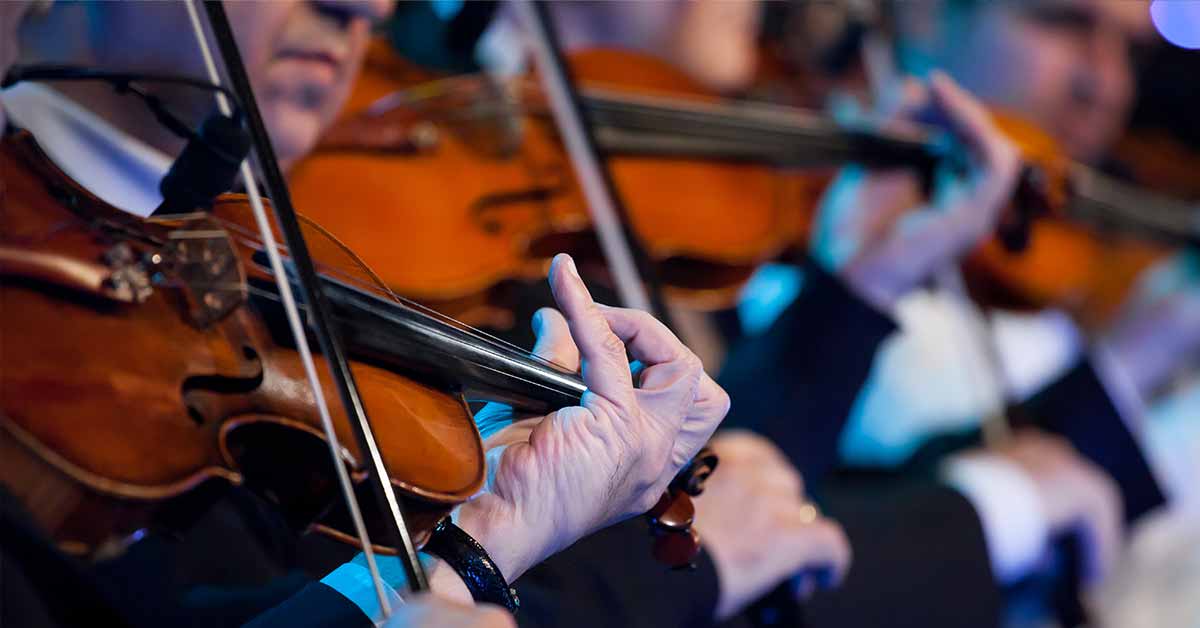
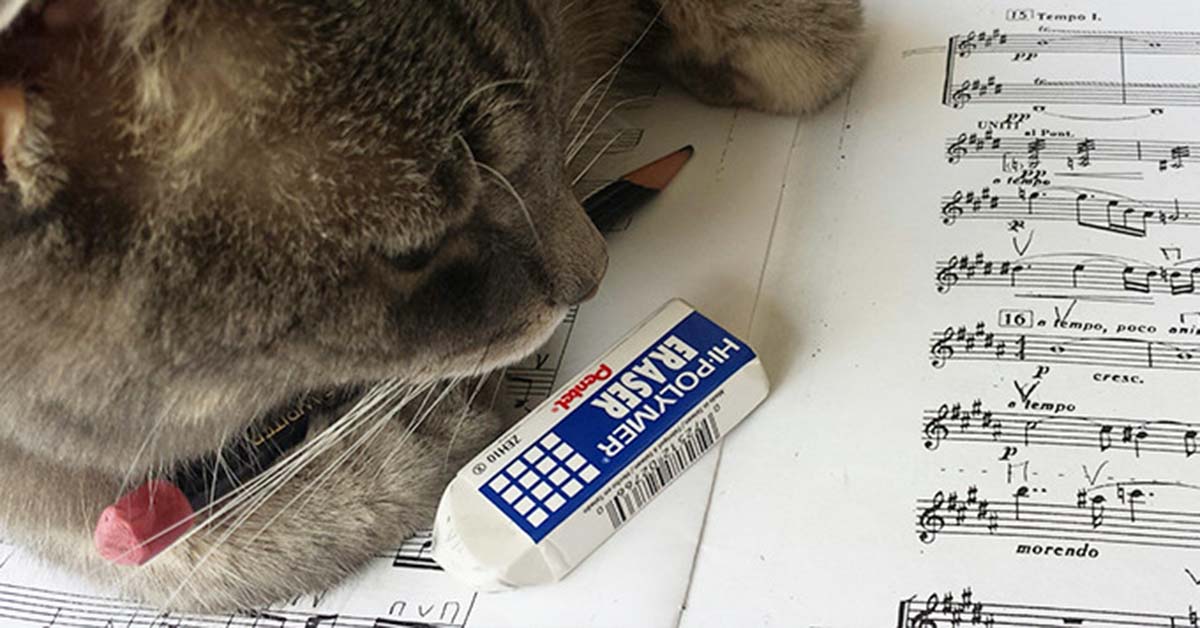
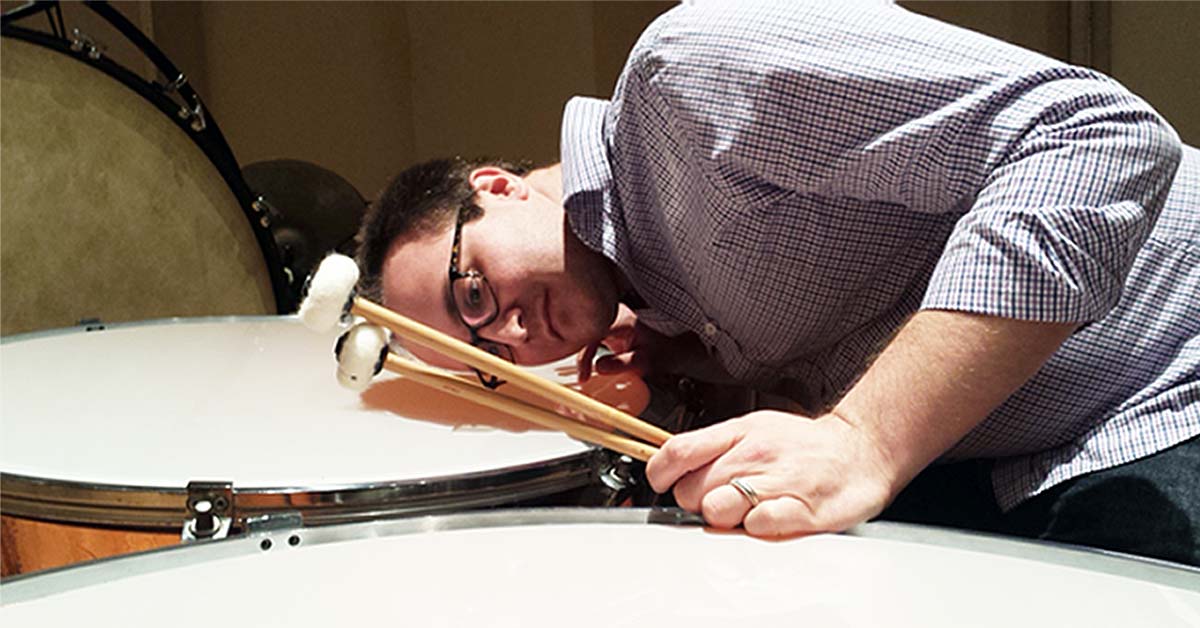

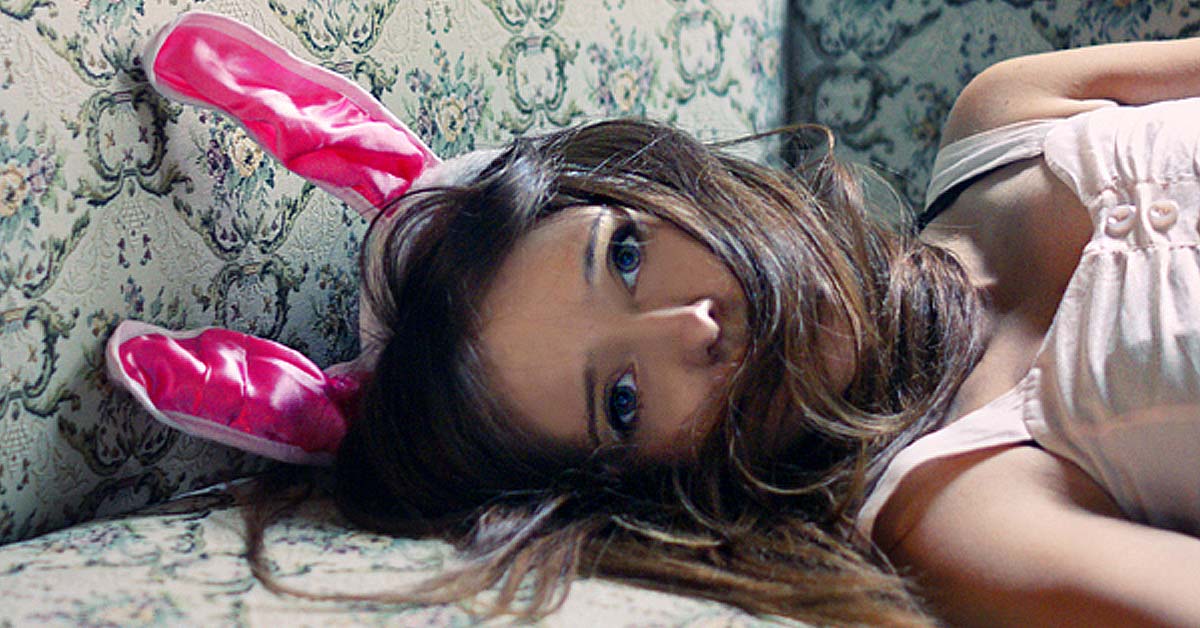

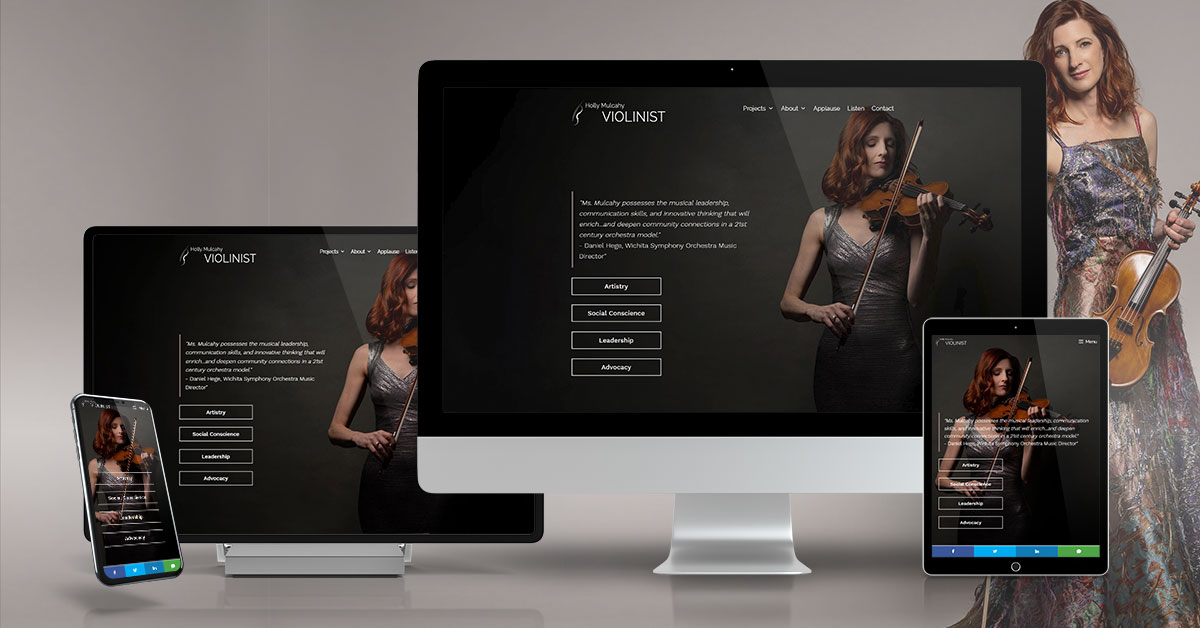

1 thought on “Getting It Right”